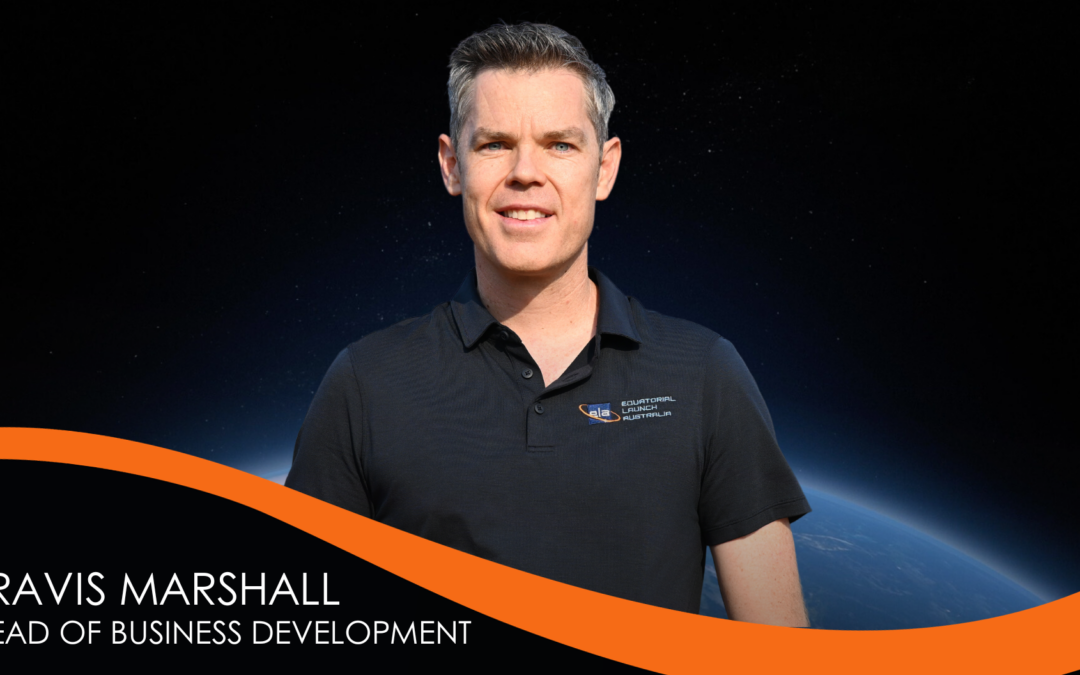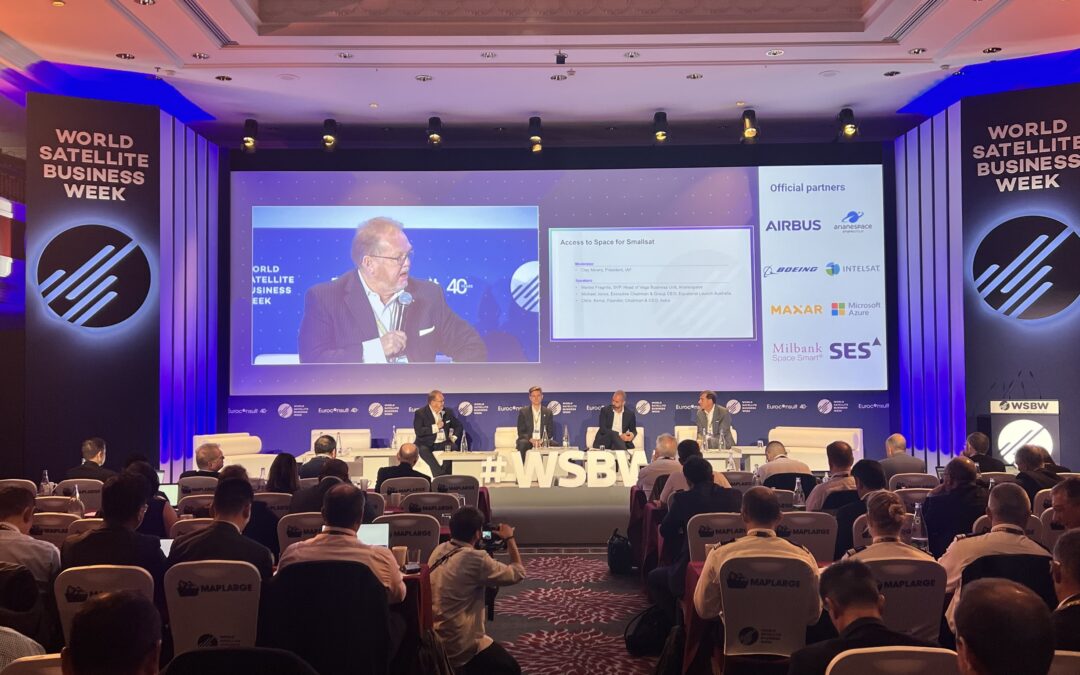
ELA moves to drive brand, communications and public affairs in both domestic and international markets as it continues to deliver game changer in spaceports
ELA is pleased to announce the appointment of Amanda Hudswell as Head of Marketing Communications and Public Affairs.
The appointment comes as ELA moves to strengthen its position as the global pre-eminent multi-user commercial spaceport for both commercial rocket companies and defence customers alike, and as the company prepares to deliver the next stage of innovative launch technology and the redevelopment of the Arnhem Space Centre (ASC) – a nationally and internationally significant space infrastructure project – located in the Northern Territory, Australia.
With a renewed business model and a clear vision to be the most advanced spaceport in the world, and as the company matures and expands from previous launches with NASA, it is now able to crystalise its position in the global space market.
Ms Hudswell will lead the strategic marketing, communications, public affairs and brand development, focussed on both raising awareness of the advantages and advanced technology offered by ELA, and the commercial and economic benefits of launching from the ASC. Amanda will also lead campaigns to support ELA’s growth in the international commercial space market.
Crucially, Amanda’s newly created role will also enable ELA to build collaborations and partnerships with space companies, stakeholders, state and national governments, national and international industry organisations and the media; helping to build connections for ELA with the broader space sector in Australia and globally.
The role will also be working closely with all other senior ELA executives, and in particular the General Manager – Arnhem Space Centre, to lead the company’s engagement with stakeholders in and around the ASC’s local area with a view to establishing trusted and valued partnerships with local businesses and traditional owners.
Amanda Hudswell, Head of Marketing Communications and Public Affairs, at ELA Headquarters, Lot Fourteen, Adelaide, South Australia.
‘ELA has spent significant effort developing relationships with our customers and building partnerships with key stakeholders across the world. We acknowledge the importance of these collaborations in enabling us to deliver on our promises,’ said Michael Jones, Chairman and Group CEO of Equatorial Launch Australia.
‘Equally we understand the need for raising awareness of the advanced technology initiatives and attractive commercial offerings that will ensure our customers are both successful and grow their own profiles in international markets, and I am delighted to welcome Amanda to the team to help lead these initiatives. I’ve worked with Amanda before and know she is a world class marketing and communications expert, and we are really glad to have her as part of the growing ELA team,’ added Mr Jones.
The role will also work closely with the Business Development team to develop strategic partnerships and a seamless customer experience across the ELA customer journey – from first contact through launch and beyond.
‘I am thrilled to be joining Equatorial Launch Australia at such an important time for the company,’ Amanda said. ‘We are on the cusp of delivering a game changer in spaceports and one that will affect the way future spaceports are thought about and developed internationally. This is significant news for Australia and for the space sector, and I am excited to be joining such a strong team on this journey.’
This appointment is the third key appointment announced in as many months, highlighting the attraction of the company to high quality talent.
Amanda brings over 20 years’ experience in marketing, communications and stakeholder management where she has worked extensively at the nexus of science, technology and marketing with a specialist background in science communication and technology adoption. A graduate of both The University of Adelaide and UniSA with qualifications in science and public relations, Amanda also brings a deep understanding of factors impacting early-stage companies and scale-ups having spent over five years working in start-up funding and support agencies, before spending almost four years working with an aerospace start-up where she led the launch of that company’s brand into the US light aircraft market with significant traction.
ELA is on a mission to be the pre-eminent multi-user commercial space launch company, providing world-class launch services supporting testing, launch and recovery of space vehicles and payloads flown to and from all space orbits. ELA owns and operates the Arnhem Space Centre, in East Arnhem Land, Northern Territory, Australia. The proximity of the ASC to the equator (12 degrees south) offers rocket companies and their payload customers operational freedom and simplicity for their launch and mission design.
Amanda joins the existing ELA executive team including CEO Michael Jones; GM – Arnhem Space Centre, Craig Gibbons; GM Operations and Launch, Ben Tett; GM
Connect with Amanda on LinkedIn





